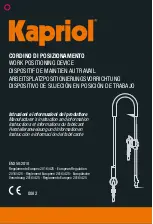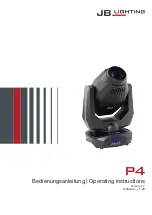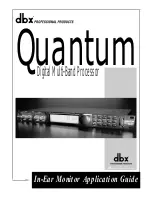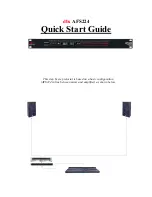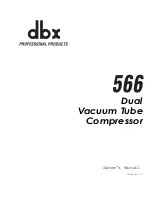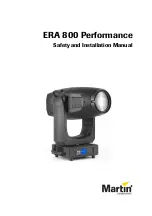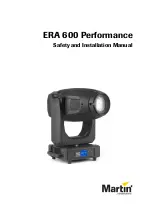
GE M
EDICAL
S
YSTEMS
PROPRIETARY TO GE
D
IRECTION
2294854-100, R
EVISION
3
LOGIQ™ 9 P
ROPRIETARY
M
ANUAL
5-8
Section 5-3 - Front End Processor
5-3-2-3
RF Amp, RF Amp1.2, RF Amp2 Board (Radio Frequency Amplifier Board
The RF Amplifier board shall contain 128 channels of the circuitry that is necessary to amplify the small
electronic echo signals that are received from the probe transducers. Each channel shall consist of a
low-noise, active input termination preamplifier, a time-gain compensation (TGC) amplifier, and a low
noise differential drive amplifier (buffer). The RF Amp board shall physically reside in the Beamformer
card cage adjacent to the XDIFF board.
The probe level analog input signals shall enter the RF Amp board on a series of board to board
connectors that mate the RF Amplifier Board to the XDIFF Board. These connectors carry the
transducer level receive signals that originate at the probe and make their way through the probe
interface relays, and T/R switches. The digital interface, power supplies, and reference ground shall be
provided to the RF Amp board by the system backplane.
Each amplified signal generated by the RF Amp board shall provide a differential output and drive filter
circuitry located on the TD boards via the system backplane. The TD boards perform an anti-alias
filtering operation and convert the transducer signals to a 12 bit data stream that feeds the digital
beamforming electronics.
RF Amp2 Board
The RF Amp2 Board was introduced with R3.0.0 Software and BT’03. It is not backward compatible with
prior hardware as it requires the new voltages (+/- 6V and 13V) provided by the FEPS3 Board.
Figure 5-6 RF Amp, RF Amp2 Functions
Figure 5-7 RF Amp Board Functional Block Diagram
































